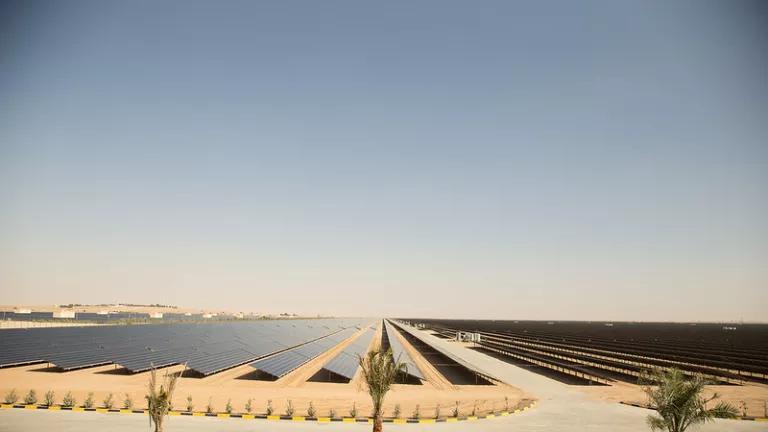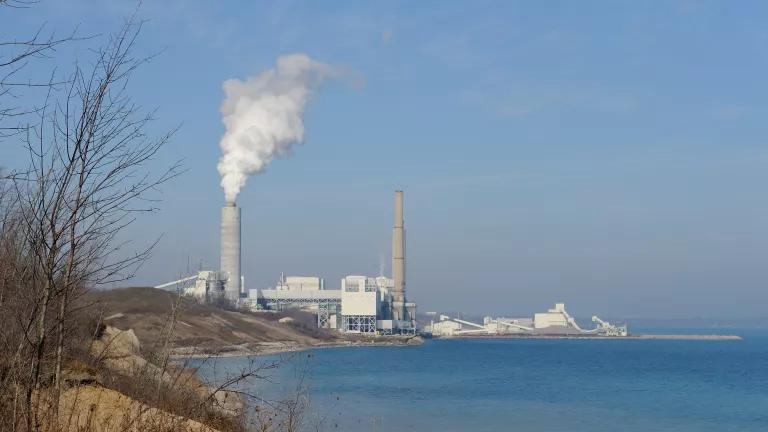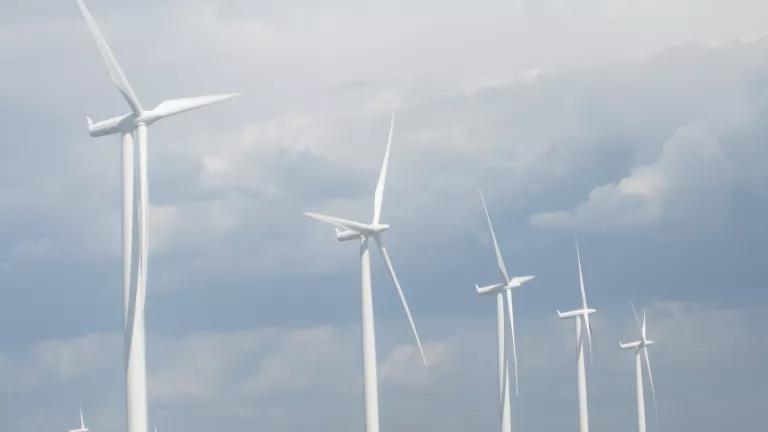Trees! The IPCC Should Be Loving These Trees
If you’ve digested the basics in the recent report from the Intergovernmental Panel on Climate Change (IPCC), you may, like me, be grappling with a strong urge to stay in bed and hide under the covers. The world’s leading climate scientists came together and summarized what we need to do to avoid the worst impacts of climate change and what will happen if we stay on our current course.
The report is terrifying in its clinical description of the floods, fires, droughts, and starvation we will suffer, and the homes and lives that will be destroyed. On the face of it, despair is a natural reaction. Anger is better, but laughter is the best way to get us moving forward.
To help us get out from under our covers, the wonderful people at SNL wrote us a not-entirely-safe-for-work song titled Trees:
A more appropriate song, I cannot imagine, and here’s why: Trees really are a big part of the solution to climate change. While the IPCC’s science on climate change is beyond reproach, the IPCC report offers a misguided approach, relying on hacking down forests and using them to produce energy, and under counts natural solutions to sucking carbon dioxide out of the air, such as planting more trees and taking care of our lands.
The IPCC looked at over 60 different global models to find out what it would take to keep global warming below 1.5°C (a level of warming that scientists agree would allow us to avoid the worst consequences of climate change) and grouped the answers into four major “pathways.” Unfortunately, the models don’t hold out much hope that we’ll act quickly and aggressively. As a result, three of the four pathways assume humanity will pollute too much and need to find ways to suck carbon dioxide out of the air.
Here’s where trees(!)—and grassland and farmland come into the picture.
Two weeks before the IPCC report was released, 40 leading scientists from around the world released a statement titled: Five Reasons the Earth’s Climate Depends on Forests. The statement underscores the point that our forests already suck about a quarter of our carbon pollution out of the air and currently store more carbon than all of the readily exploitable fossil fuel reserves. Taken as a whole, our landscapes hold about three times as much carbon as the atmosphere. Releasing even a small percentage of this stored carbon or reducing the amount of carbon that our lands suck out of the air makes avoiding climate devastation much, much harder.
Unfortunately, to suck all of the excess pollution out of the air, two of the IPCC pathways rely on cutting down forests, burning them for energy and capturing the carbon dioxide emitted and storing it under ground—a process known as biomass carbon capture and storage (BECCS). As I’ve written about before, large-scale use of the process comes with huge ecological costs and climate risks. Plants already suck carbon dioxide out of the air and store it in themselves and the ground. Speeding up that process takes fresh water, fertilizers, energy and lots and lots of good agricultural land. In the most extreme pathway, the IPCC calculates that an area as large as the continental U.S. would need to be devoted to BECCS. This type of ecological devastation just doesn’t make any sense.
And there’s a good chance that much of that BECCS wouldn’t actually reduce climate change. To burn trees for BECCS, you have to cut them down. Assuming you plant new trees—a big assumption in some places—the new saplings will capture only a fraction of what full grown trees do. So we’re better off leaving the full-grown tree standing to continue capturing carbon in most cases.
A better approach was laid out in a report this week by the Climate Land Ambition and Rights Alliance. It involves protecting and restoring lots and lots of forests—trees! They also look at protecting grasslands, better agricultural practices, and even wasting less food. These practices allow those trees and land more generally to suck up more carbon dioxide on their own. This results in more and healthier food for more people, cleaner water and air for us to breath, more biodiversity and protection of the land rights of indigenous people around the world. The measures called for in the report are only weakly captured in the IPCC report because their costs are less well understood and generally are driven by more than just climate. Nevertheless, the report shows this would lead to more carbon removal than even the largest deployment of BECCS that the IPCC examined.
Some laughter, some more and better solutions, it’s almost enough to get out from under the covers. The IPCC pulled no punches: they made clear that just half a degree warmer is the difference between life and death for species and untold numbers of people. The suite of actions required to address climate change are complex and can feel daunting, but, it turns out, one of the most promising is also one of the simplest: Plant more trees.



